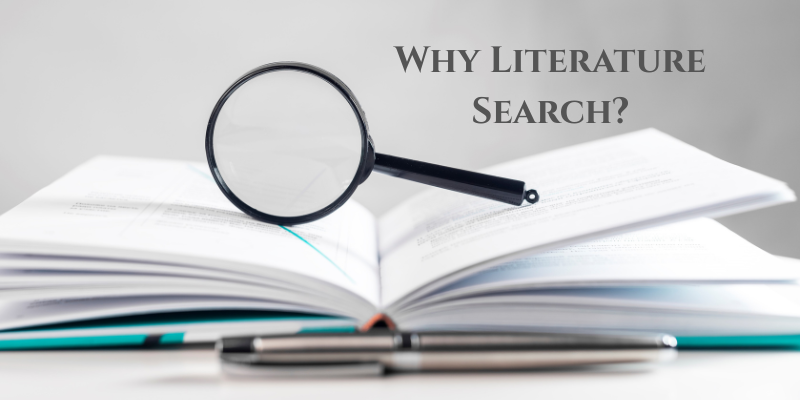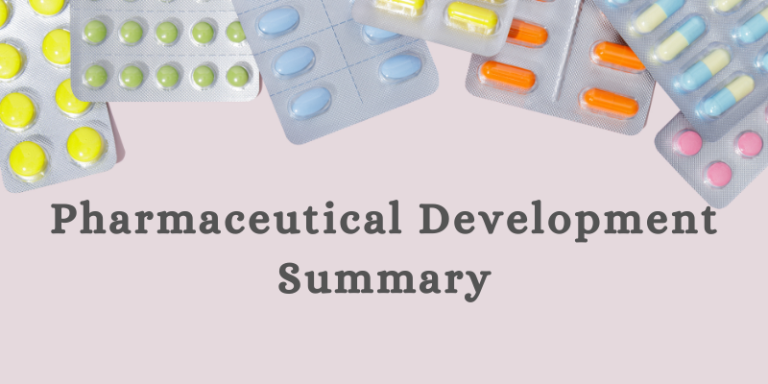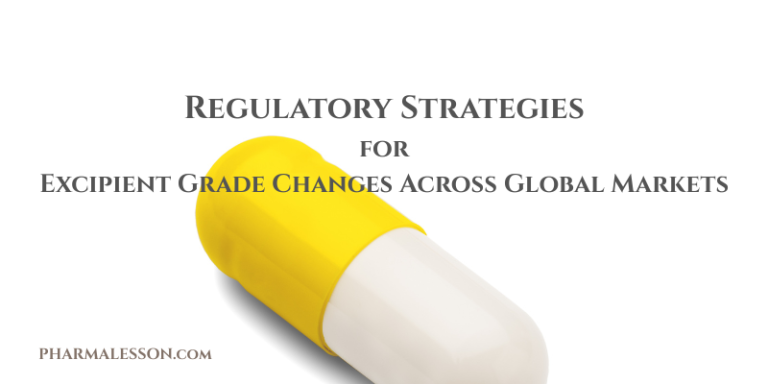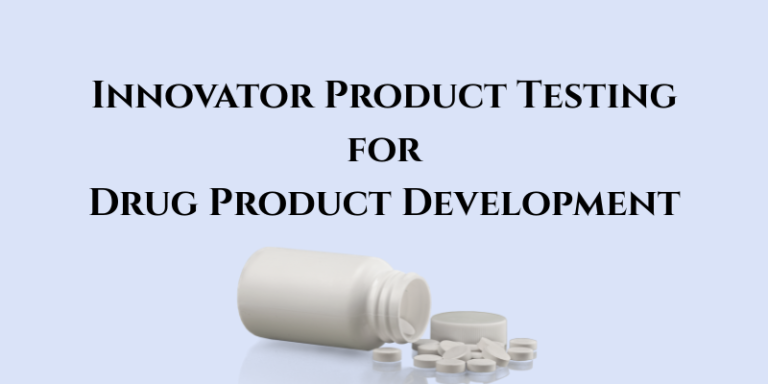Why Every Great Generic Drug Begins with a Literature Search?
In pharmaceutical development, what you know before you start determines how far—and how fast—you go.
The Handbook of Pharmaceutical Generic Development underscores the literature search as the first strategic pillar of generic drug development. It’s not just academic—it’s operational intelligence.
Here’s what a high-quality literature search accomplishes:
Establishes the Regulatory Landscape
- It identifies the Reference Listed Drug (RLD), FDA-approved dosage forms, strength, exclusivity periods, and patent status via sources like the FDA Orange Book and Freedom of Information (FOI) requests.
Knowing the regulatory path helps avoid roadblocks before formulation even begins.
Guides Scientific Design
A deep dive into published studies reveals the RLD’s:
- Impurity profile
- Stability characteristics
- Bioequivalence data
- Analytical methods
This data influences critical decisions—from active pharmaceutical ingredient (API) selection to dissolution testing conditions.
Ensures Compliance with Inactive Ingredients
- Using the FDA’s Inactive Ingredient Guide (IIG), developers confirm that chosen excipients are safe, approved for the oral route, and within acceptable concentration limits.
This avoids unnecessary delays during regulatory review.
Anticipates Challenges Before They Arise
- Historical performance, known formulation hurdles, and post-marketing issues help you predict and plan for formulation risks—before they become costly.
The message is clear:
If you haven’t researched it, you aren’t ready to develop it.
The literature search isn’t a background task—it’s the launchpad. A well-documented search becomes part of your Product Development Report and supports your ANDA filing and FDA pre-approval inspection readiness.
In the world of generics, what you document defines what you can defend—and what you can ultimately launch.
Read also:
Resource Person: Moinuddin syed. Ph.D, PMP®







